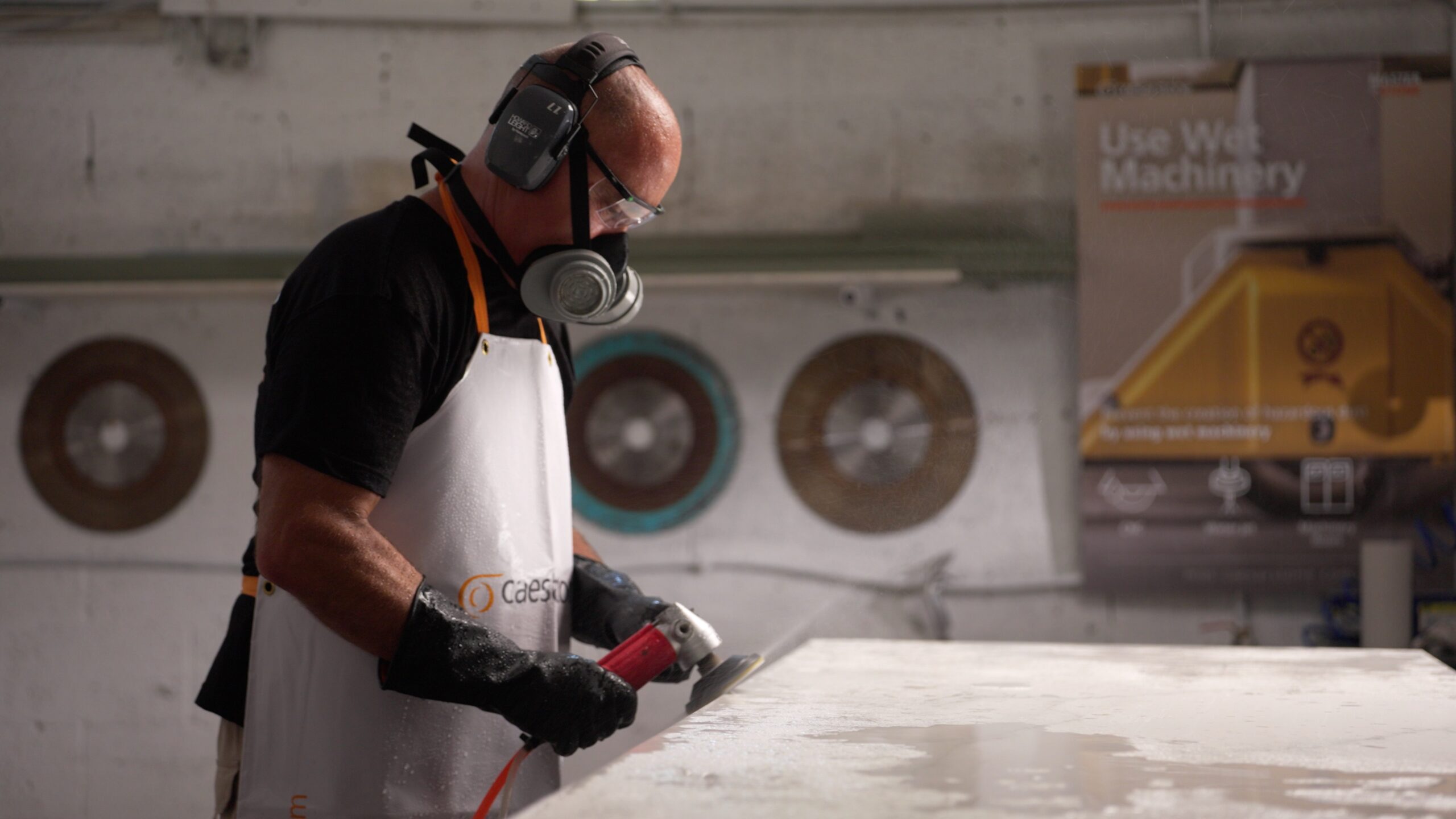Professional Library
Welcome to your go-to resource for mastering the craft of stone fabrication. The Professional Library offers professional fabrication and installation working guidelines, step-by-step video tutorials, and expert tips — all designed to help fabricators achieve top-quality results. Whether you’re refining your skills or training your team, these free tools support excellence at every stage of the process.
